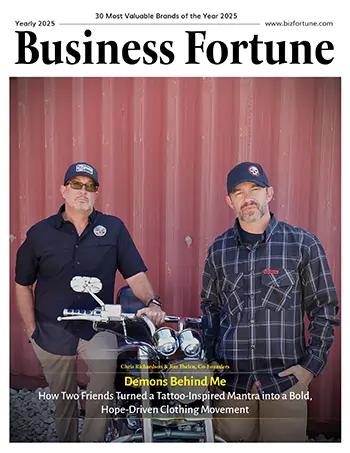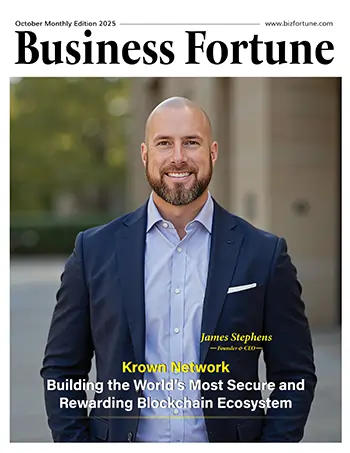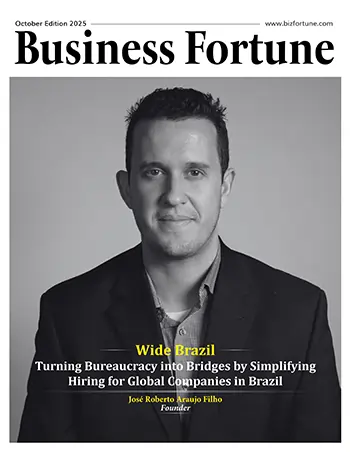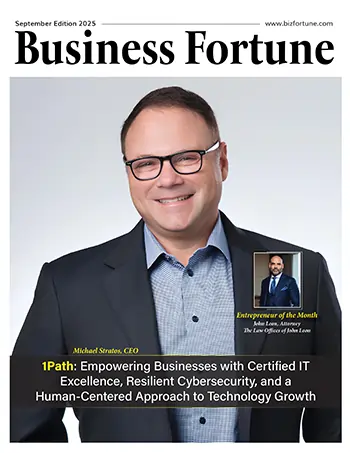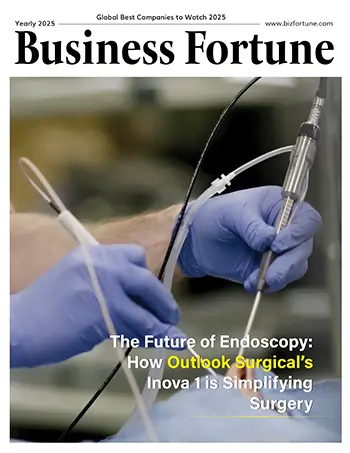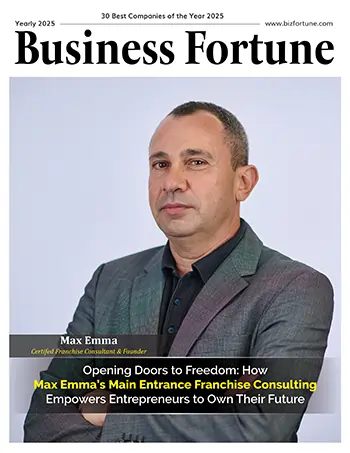Home Innovation Science and Technology Water and oil may be separated...
Water and oil may be separated with 99.9% purity using the Slick Trick
Science and Technology
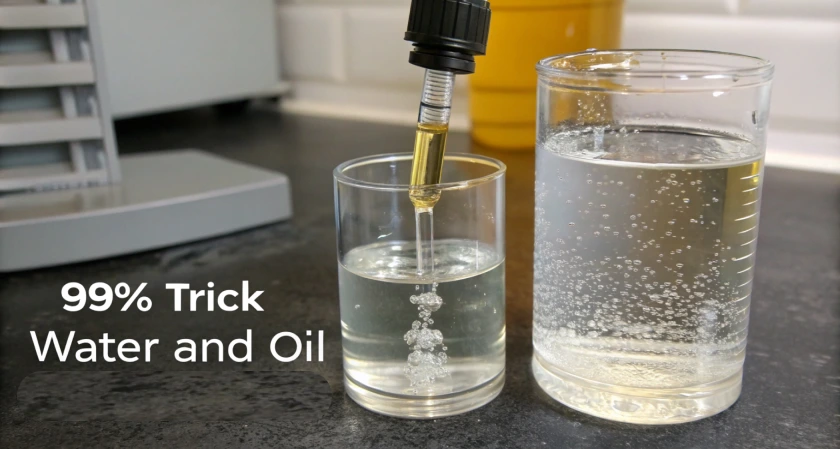
Business Fortune
08 November, 2024
Pumping the mixture through tiny channels between two semipermeable membranes is an effective way to separate water and oil.
Pumping oil and water mixtures into tiny channels between semipermeable membranes allows for their effective oil-water separation, opening the door to more affordable and environmentally friendly methods of handling industrial waste. Prototypes used in experiments were able to recover water and oil with purity levels above 99.9%.
Such mixtures may already be divided into their component components using a variety of techniques, such as centrifuging them, physically removing oil from their surface, or purity separating those using chemicals, electrical charges, or semipermeable membranes that let certain molecules through but not others. The simplest technique, membranes, is currently flawed and results in a persistent mixture of watery oil or oily water.
In order to cleanly separate both, Hao-Cheng Yang and his colleagues at Zhejiang University in China have now created a more effective technique that makes use of two membranes: one hydrophilic layer that permits water to flow through and one hydrophobic one that permits oil to enter.
According to Yang, the concept has been attempted previously with less than satisfactory outcomes. This is because the components' concentrations alter when water or oil is eliminated from the combination, which reduces the membranes' effectiveness.
The group poured the mixture into a narrow conduit between the two layers to get around this. Oil droplets are more likely to collide and concentrate in this small area, making it easier for the hydrophobic membrane to remove them. As a result, the mixture's water content rises, establishing a positive feedback loop that guarantees the continuous removal of both clean oil and water.
Yang thinks the method is so straightforward that it may be readily scaled up to appropriate levels in a few years, and the team is now in discussions with industry.



























